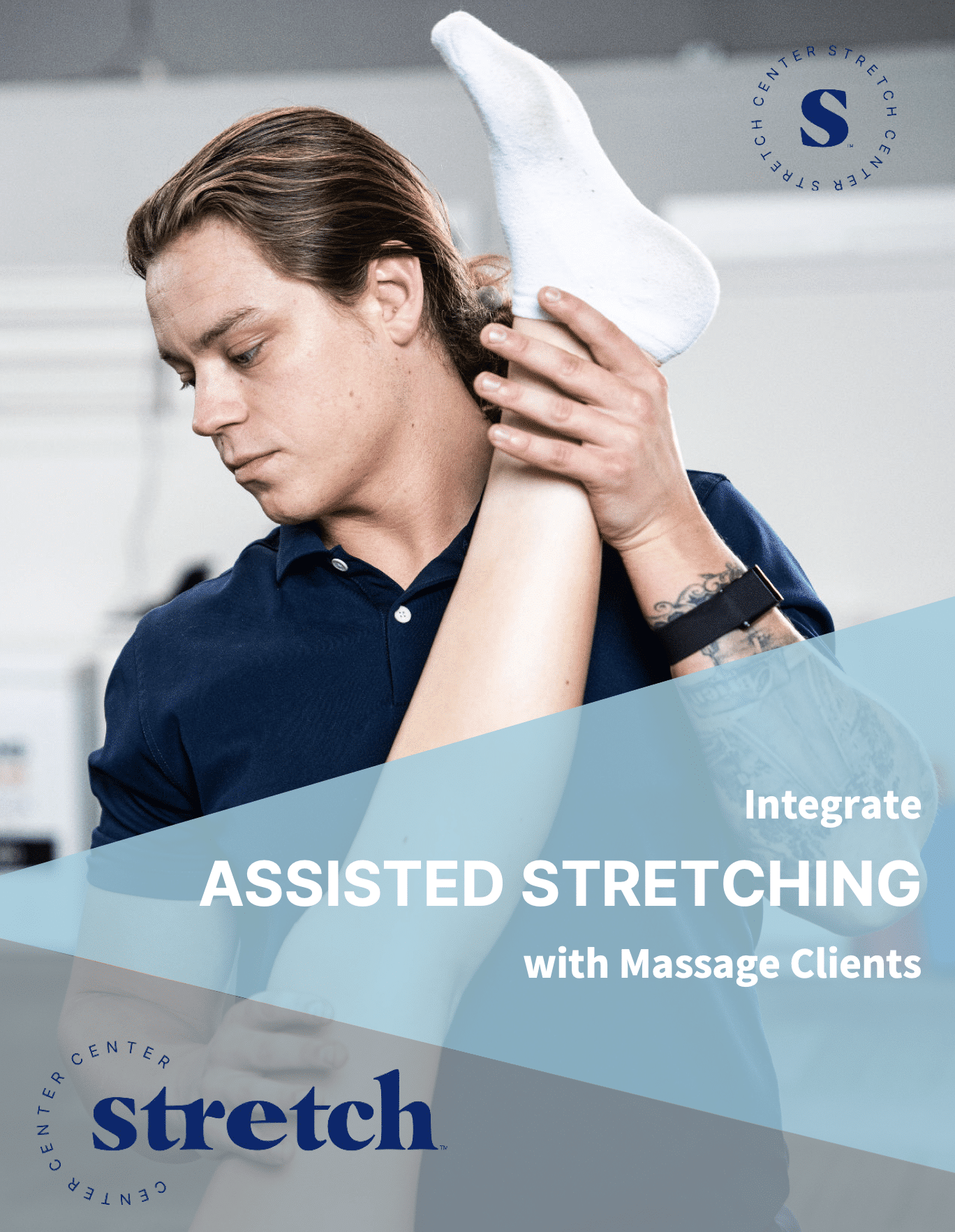Prevent Injury, Boost Recovery, and Stay Moving
Whether you’re a highly competitive ultramarathon runner, a track star, or someone who enjoys the occasional jog or cycling session, every mile you log takes its toll on your muscles and joints. Does that mean you should stop running or biking? Absolutely not—but there are smart precautionary measures you can take to prevent injury and keep enjoying the incredible benefits of cardio.
Over 61 million Americans run or jog annually, and that number climbs even higher when you include other endurance activities like cycling, rowing, swimming, and hiking. Cardio spans all ages—youth athletes in track, cross-country, soccer, basketball, and wrestling use it to build endurance, while many adults embrace running and cycling to maintain health and prevent cardiovascular disease (still one of the leading causes of mortality today).
But here’s the thing: the repetitive nature of these activities makes tightness and overuse injuries almost unavoidable—unless you stretch.
Chances are, you’ve already experienced one of the many common injuries from running or biking, such as shin splints, runner’s knee, plantar fasciitis, muscle strains, lower back pain, or hip flexor tightness. How long did it sideline you? How long did it take to rebuild your running or cycling routine? Are you still waiting for your comeback? Wouldn’t it be great to reduce the risk of these injuries happening again? That’s where Stretch Center comes in.
By nature, endurance activities lead to muscle imbalances and tightness over time. With consistent stretching, you can improve:
- Range of motion (boosting running and cycling economy and gait),
- Postural alignment (especially key for cyclists),
- Recovery (reducing soreness and stiffness),
- And most importantly—injury prevention.
What Should You Be Stretching?
We’ve broken it down into three simple categories:
Both runners & cyclists:
- Calves,
- Hamstrings,
- Hip flexors,
- Glutes,
- Quads.
Runners:
- Plantar fascia,
- Tibialis anterior.
Cyclists:
- Lower back,
- Shoulders/traps,
- Neck.
(Wondering what the tibialis anterior is? Don’t worry—our Stretch Center Practitioners will guide you every step of the way!)
DIY Stretching: What You Can Do Yourself
Before we dive into how Stretch Center can take your mobility to the next level, let’s cover what you can—and should—do on your own.
First: Dynamic Stretching (Before You Train)
If you’ve read any of our Sports Series blogs, you know we always recommend dynamic stretching before any activity. This means moving through the ranges of motion you’ll use while running or riding. Here’s a quick list to get you primed:
- Hip rotations,
- Leg swings (front-to-back and side-to-side),
- Deep bodyweight squats,
- High knees & butt kickers,
- Torso twists,
- Ankle bounces or calf raises.
Cyclists: Add neck/shoulder rolls and arm circles to prepare your upper body, especially if you’re riding in an aero position.
This shouldn’t have to take longer than 5–10 minutes and will get you perfectly warmed up for your run, ride, or even that 5K you impulsively signed up for.
Next: Static Stretching (After You Train)
Post-workout, we shift to static stretching—holding positions for ~30 seconds (or until you feel things release). Here’s a simple post-run/ride routine:
- Standing or seated forward fold – Hamstrings, lower back,
- Runner’s lunge / kneeling hip flexor stretch – Hips, quads,
- Figure-4 hip stretch – Glutes, hip rotators,
- Wall calf stretch – Calves/Achilles,
- Supine spinal twist – Thoracic spine, lower back,
- Doorway chest stretch (especially for cyclists) – Pecs, shoulders,
- Neck side stretch (cyclists) – Upper traps, neck tension relief.
Bonus tip: Consider the type of run or ride you did. Lots of hills? Spend extra time on the hip flexors and quads. Aero position all day? Give special attention to the back and shoulders. No two sessions are identical, and your stretching should reflect that. Unsure how to adapt? A Stretch Center Practitioner is the perfect resource to help personalize your plan.
Why Assisted Stretching Changes the Game
Or… you can let the experts handle it for you! Much like a massage, a session with a Stretch Center Practitioner allows you to completely relax while your practitioner does the work. You’ll literally feel your muscle tension dissipate.
What’s more:
- Practitioners help you achieve much deeper stretches than you can reach alone—especially for tricky areas like calves and hip flexors.
- Your session is tailored to your body’s needs, and can change week-to-week depending on your training or upcoming races.
- Want a more active approach? Practitioners can implement Proprioceptive Neuromuscular Facilitation (PNF) or Active-Assisted Stretching to help you hit recovery and mobility goals you thought were out of reach.
Final Takeaway
Don’t let repetitive wear and tear keep you from doing what you love or hitting your health goals. Add stretching to your routine—dynamic before, static after—and consider seeing a Stretch Practitioner at least once a week to keep your body mobile, healthy, and ready for anything. Whether it’s a marathon, a casual ride, or just a brisk walk to the fridge (hey, it counts!), there’s always room for improvement—and we’re here to help you get there.
Trainers, coaches, therapists: Want to integrate assisted stretching into your services? Visit stretchcenter.com/certification to learn more.





